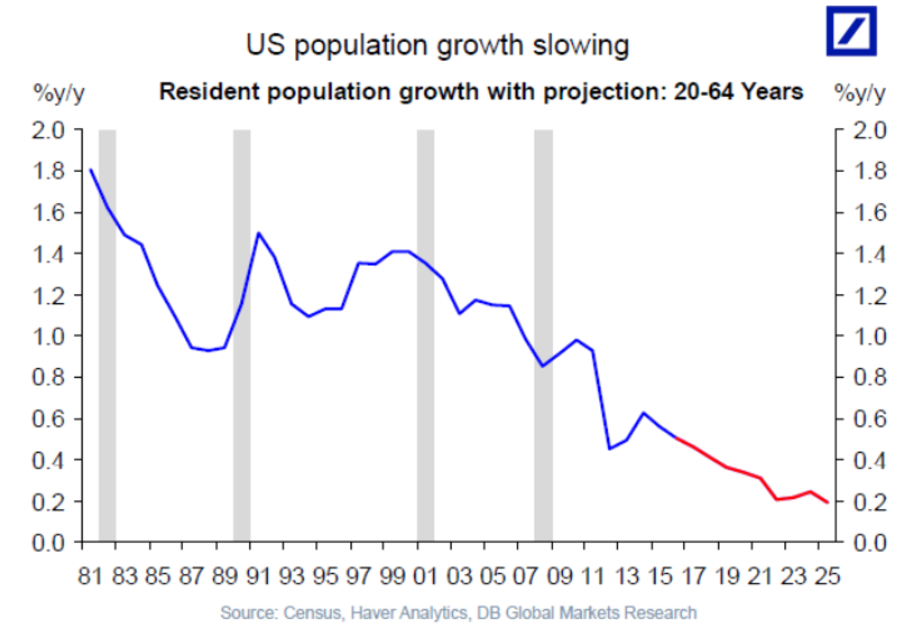President Donald Trump is not exactly known for consistent policy positions, but two of his most prominent goals are working against each other. They are his promise to push economic growth toward the 4% mark while at the same time cracking down harshly on immigration.
On Wednesday, Trump said he backed new legislation that would give preference to visa applicants with higher education or job skills. It has the potential to seriously restrict the flow of legal immigrants into the US, ostensibly in the name of protecting unskilled American workers.
It would be bad news for the economy.
Migration is a key ingredient to economic development, and it has been central to America’s economic success since the country’s inception. Many economists believe the potential rate of US economic growth has slowed to 2% from about 3% in recent years in part because of demographic changes such as the aging of the US population, a pattern seen in other rich economies.
Part of what has often kept the US economy a step ahead of its wealthy counterparts like Europe and Japan has been the country’s welcoming of immigrants and ability to attract waves of them. The chart below from Deutsche Bank economist Torsten Sløk shows just how misguided a more restrictive immigration policy would be from a purely demographic perspective — just imagine the long-run hit to growth.  Deutsche Bank
Deutsche Bank
That’s right: The US is facing the same kind of demographic time bomb that beset Europe and Japan for so long, leaving their growth rates well below the US’s. That means the US needs comprehensive immigration reform so that it can welcome, attract, and absorb people who will be needed to maintain a healthy economy.
A steady flow of immigrants is also key to sustaining the country’s social safety net, ensuring high tax receipts and funds for Social Security.













